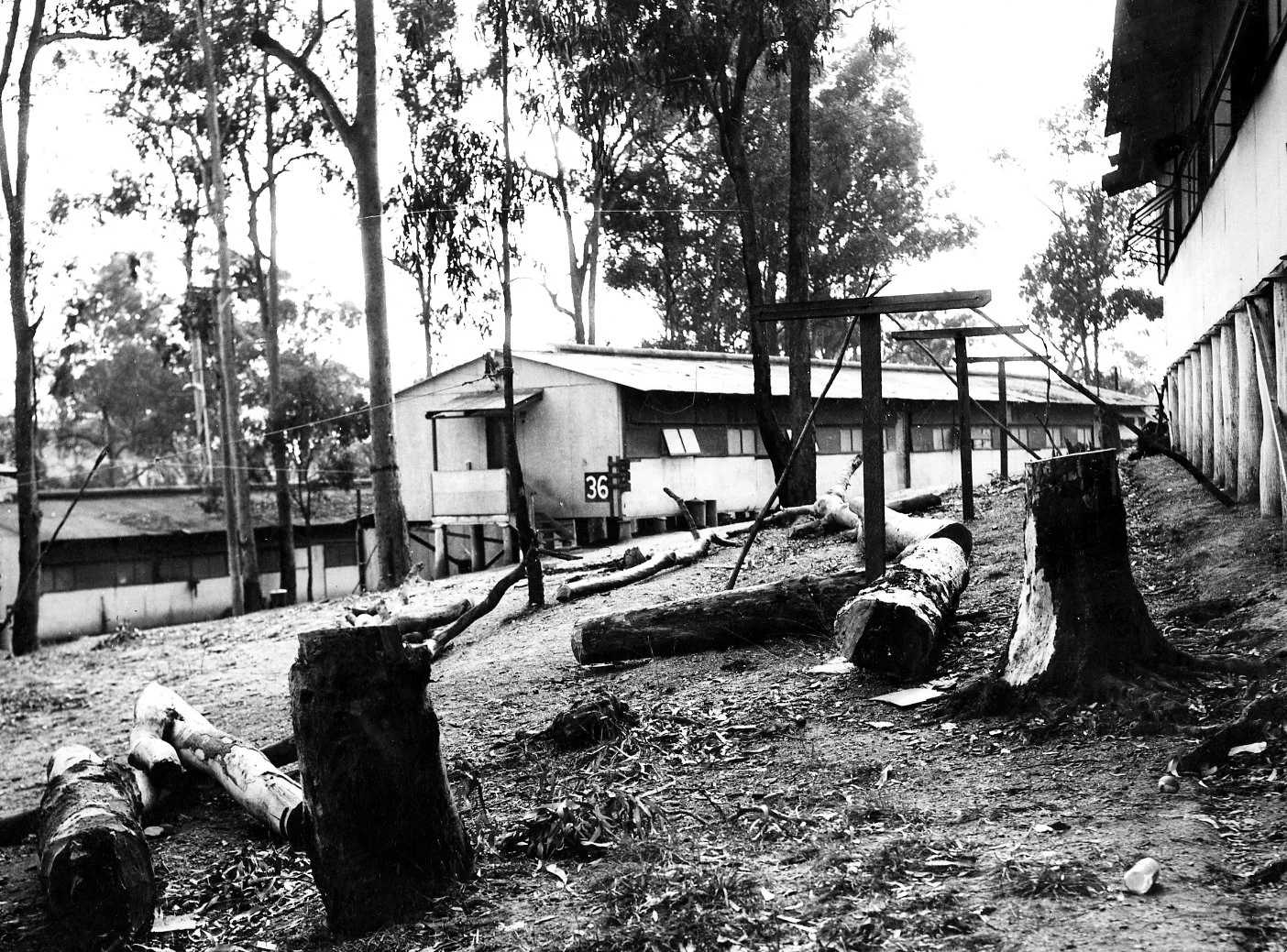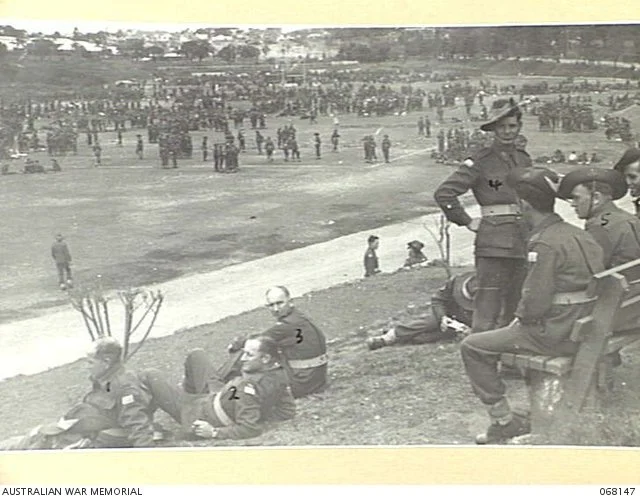
History & Significance to First Nations People
First Nation’s Significance
Known as "Barrambin," the area of Victoria Park, holds significant cultural importance for First Nations people, the traditional custodians of the land. The name 'Barrambin' translates to 'windy place.' The area was characterised by open woodlands interspersed with chains of waterholes and springs, notably the sacred site of York's Hollow, which still exists today.
Before European settlement, Barrambin served as a central meeting and gathering place for Indigenous groups travelling through the region. It was a venue for various cultural activities, including corroborees, dances, hunting, and fishing. The waterholes, abundant with waterlilies, waterfowl, yabbies, eels, and bream, provided essential resources for the local communities. The surrounding open woodlands were home to diverse fauna such as gliders, koalas, possums, kangaroos, and emus.
First Nations people shared a profound spiritual connection with Barrambin. The area is associated with Dreaming stories, particularly the creation of the Brisbane River by a Dreaming Ancestor, often depicted as an eel, rainbow serpent, or carpet snake. According to these stories, the Ancestor carved out the river valley while fleeing from Goanna, who sought her eggs. These eggs, carried in her mouth, were said to have spilled at the river's mouth, forming the islands and the people. To invoke rain, First Nations peoples would perform ceremonies at the waterholes, where a rainmaker would dive in to symbolically 'cut' the Dreaming Ancestor free from the bottom.
Colonisation
The arrival of European settlers in the 19th century led to significant disruptions for First Nations people. The establishment of Brisbane encroached upon traditional lands, and Barrambin, referred to by settlers as York's Hollow, became a focal point of Indigenous-white relations during the 1840s and 1850s. The name "York's Hollow" originated from a prominent Indigenous man known to the settlers as the "Duke of York," a figure recognised for his role in mediating interactions between Aboriginal communities and European settlers. During the colonial period, Barrambin's wetlands were drained, and the landscape was altered to suit European aesthetic preferences and practical uses. By the 1860s, most Aboriginal people had been removed from or had left Barrambin.
Gazetted in 1875, the park served as a common space for recreation and community gatherings. It reflected the city’s aspirations to create green spaces that promoted health, leisure and civic pride. It was originally about 130 hectares although about half has been removed for other uses, leaving only 64 hectares now.
One early example of this was the rail line from Roma Street Station to Sandgate which was constructed through the park in 1882. The line was routed around the outskirts of the inner-city and through Victoria Park to minimise costs and divided the park into two sections. This ‘division’ was further widened in 2001 when the Inner City Bypass (ICB) was built alongside the railway line. Many people do not realise that the 14 hectares along Gregory Terrace, Spring Hill is part of Victoria Park, including the land which Centenary Pool occupies!
In the 1920s, an 18-hole golf course was laid out by the surveyor Stan Francis, who was an ardent golfer. It was constructed during the Depression by men employed in the Intermittent Relief Scheme. The Victoria Park Golf Course was opened in 1931. The first Club House was designed in the Spanish Mission style; it is now listed on the Queensland Heritage Register. The golf course closed in 2021 as part of Brisbane City Council’s redevelopment of the 64 hectare green space into a park.
Throughout its history, Victoria Park has played a significant role in the community. It has hosted cultural celebrations, served as a space for political rallies, and witnessed moments of historical importance. During World War II, parts of the park were repurposed for military use. After the war, those military buildings were used to house war brides and subsequently provided Housing Commission homes for the rapidly expanding population. It is believed that up to 100,000 Queenslanders lived in temporary housing between 1946 and 1960. This demonstrates the importance of this period in Victoria Park's history, as well as its part in Queensland's social history.
In 1959, Queensland celebrated its centenary. The Centenary Pool, on the Spring Hill side of Victoria Park, was constructed in this year by the Brisbane City Council and was designed by Brisbane City Architect, James Birrell. The initial design of the complex included a landscaped entrance road designed by Harry Oakman, the Superintendent of Parks and Gardens, who was a prominent landscape architect. In the 1950s, an extensive flowering tree planting program was initiated for the slopes and gullies of the golf course: poincianas, oleanders, jacarandas and flame trees were planted to line the fair ways. Many of these are still part of the park’s ‘tree-scape’ today.
As Brisbane modernised, the park’s surrounding areas evolved, but Victoria Park remained steadfast as a green sanctuary in the urban landscape. In recent years, the park has faced threats from development, spurring passionate community efforts to protect and preserve its legacy. In 2009, the Brisbane City Council and the traditional owners agreed to dual-name the area as Victoria Park / Barrambin, acknowledging its Indigenous heritage.
Today, Victoria Park / Barrambin stands as a vital reminder of Brisbane’s heritage and a symbol of the city’s commitment to maintaining public green spaces. With its rolling hills, open spaces and rich history, it continues to serve as a destination for recreation, relaxation and reflection, embodying the spirit of a city that values its natural and cultural heritage. The park is a testament to the enduring connection of First Nations people to their ancestral lands, serving as a place of learning, reflection, and cultural celebration.
All historical images are courtesy of the Brisbane City Archives










